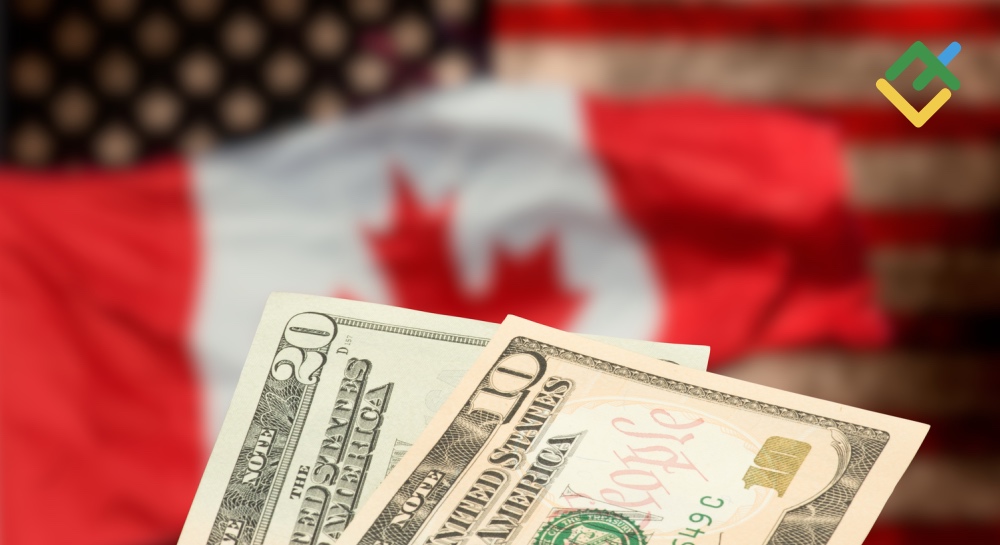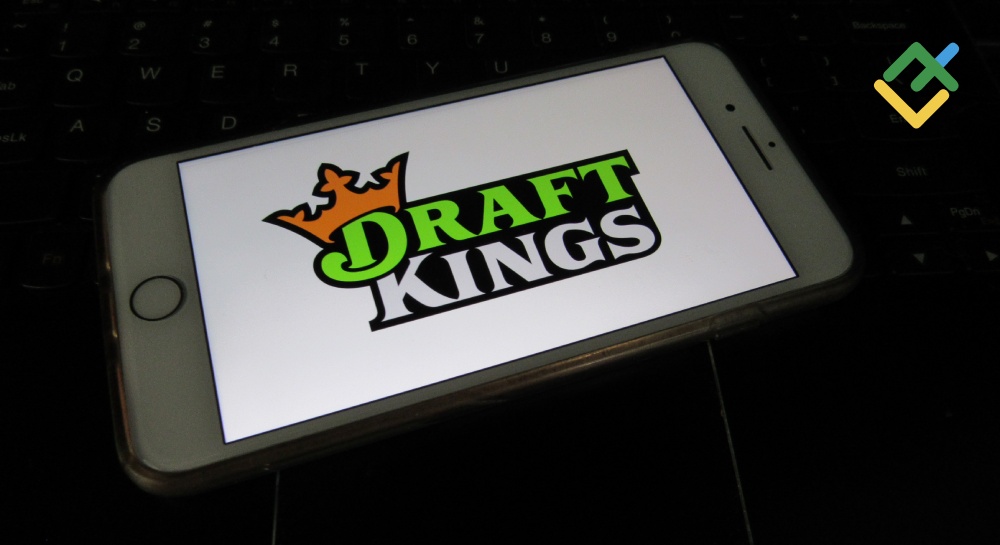Welcome to the thrilling world of Forex Trading! Whether you’re a curious beginner or an aspiring trader, you’ve come to the right place. By the end of this article, you’ll understand the fundamentals of Forex trading, how it works, and how you can get started. So buckle up! We’re diving into the largest and most dynamic financial market on the planet—the currency exchange market, also known as Forex or FX.
What is Forex Trading?
At its core, Forex trading is the process of exchanging one currency for another with the goal of making a profit. Imagine you’re planning a trip to Europe. You take your US dollars to a currency exchange service and convert them into euros. That’s a basic example of a currency exchange, but in the world of Forex trading, it gets a lot more exciting!
In Forex trading, traders speculate on the value of one currency relative to another—buying and selling different currency pairs in a market that operates 24 hours a day, five days a week. The Forex market is decentralized, meaning there is no physical location for trading. Instead, it takes place electronically via a global network of banks, brokers, and financial institutions. This constant movement creates an endless stream of trading opportunities.
How Does Forex Trading Work?
Let’s break down how Forex trading works in simple terms. Picture two currencies as being in a relationship with each other. When you trade Forex, you’re always dealing with currency pairs. For example, EUR/USD represents the Euro against the US Dollar. If you think the Euro will strengthen against the Dollar, you would “buy” the pair. If you believe the opposite will happen, you “sell” it.
Here’s a quick overview of how to trade Forex:
- Choose a Currency Pair: Forex is all about currency pairs. Popular pairs include EUR/USD, GBP/USD, and USD/JPY. As a trader, you’ll focus on how these pairs change in value relative to one another.
- Buy or Sell: If you believe the first currency in the pair (called the “base currency”) will increase in value relative to the second (called the “quote currency”), you’ll buy the pair. If you think it will decrease, you’ll sell it.
- Monitor the Market: The value of a currency pair fluctuates constantly, influenced by factors such as economic data, political events, and market sentiment.
- Close the Trade: When you feel it’s the right time, you close the trade, locking in any profits or losses.
Forex Trading Basics
Before we get too deep, let’s tackle some Forex trading basics. In Forex, you don’t need a physical wallet filled with foreign bills. Instead, you’re trading “contracts” based on currency price movements. The key terms you’ll need to know:
- Pip: This is the smallest unit of price movement in the currency market. It helps you measure profits and losses.
- Spread: The difference between the buy (ask) and sell (bid) price. The tighter the spread, the better it is for traders.
- Leverage: This allows you to trade larger amounts than your actual deposit. For instance, with 1:100 leverage, a $100 deposit lets you control $10,000 worth of currency. While this can boost profits, it also magnifies risk.
How to Start Forex Trading as a Beginner
Getting started with Forex trading might seem intimidating, but it doesn’t have to be. Here’s a step-by-step guide to Forex trading for beginners:
- Learn the Fundamentals: Understand how currency pairs work, study economic factors that influence exchange rates, and familiarize yourself with key terms.
- Choose a Reliable Broker: The right broker can make a huge difference in your success. Look for one with a solid reputation, good customer support, and low trading fees.
- Use a Demo Account: Before risking real money, practice on a demo account. This allows you to learn without any financial risk.
- Start Small: When you’re ready to trade with real money, start small. Stick to one or two currency pairs and gradually expand as you gain confidence.
- Develop a Trading Strategy: Forex isn’t gambling; it’s strategic. Plan your trades based on technical analysis (charts and trends) and fundamental analysis (economic news and events). Stick to your strategy and manage your risk.
How Does the Forex Market Operate?
The Forex market operates differently from stock markets. It’s decentralized, which means there’s no central exchange like the New York Stock Exchange. Instead, Forex is conducted through a global network of financial institutions, brokers, and individual traders. The market is open 24 hours a day due to different time zones, allowing for non-stop action as it transitions between trading hubs in London, New York, Tokyo, and Sydney.
Why Trade Forex?
- High Liquidity: The Forex market is the most liquid in the world, with trillions of dollars exchanged daily. This means you can enter and exit trades quickly, without worrying about whether there’s a buyer or seller.
- Leverage Opportunities: As mentioned earlier, Forex brokers often offer leverage, enabling you to control large positions with a relatively small amount of capital. But remember, leverage is a double-edged sword—it can amplify both gains and losses.
- Low Entry Barriers: You don’t need a huge sum of money to start trading Forex. Many brokers offer micro accounts, allowing you to trade with as little as $100.
- Flexibility: The 24-hour market means you can trade when it suits you, whether it’s in the morning before work or late at night.
Final Thoughts: Ready to Dive Into Forex?
Now that you know what Forex trading is and how it works, you’re better equipped to take your first steps. It’s a fast-paced, thrilling market where opportunities abound—but also where risks are real. The best way to succeed? Educate yourself, practice diligently, and always manage your risk wisely.
Trading in the currency market is like learning a new language. The more time you spend understanding its intricacies, the more fluent and confident you’ll become. Whether you’re just curious or you’re ready to jump in, remember that Forex trading for beginners doesn’t have to be daunting. Stick to the basics, keep refining your strategies, and soon you’ll be navigating the FX trading world like a pro!
So, are you ready to explore the vast, exciting world of Forex trading? Happy trading!
Click here to read our latest article The Economic Dangers of Woke Ideology
This post is originally published on EDGE-FOREX.



